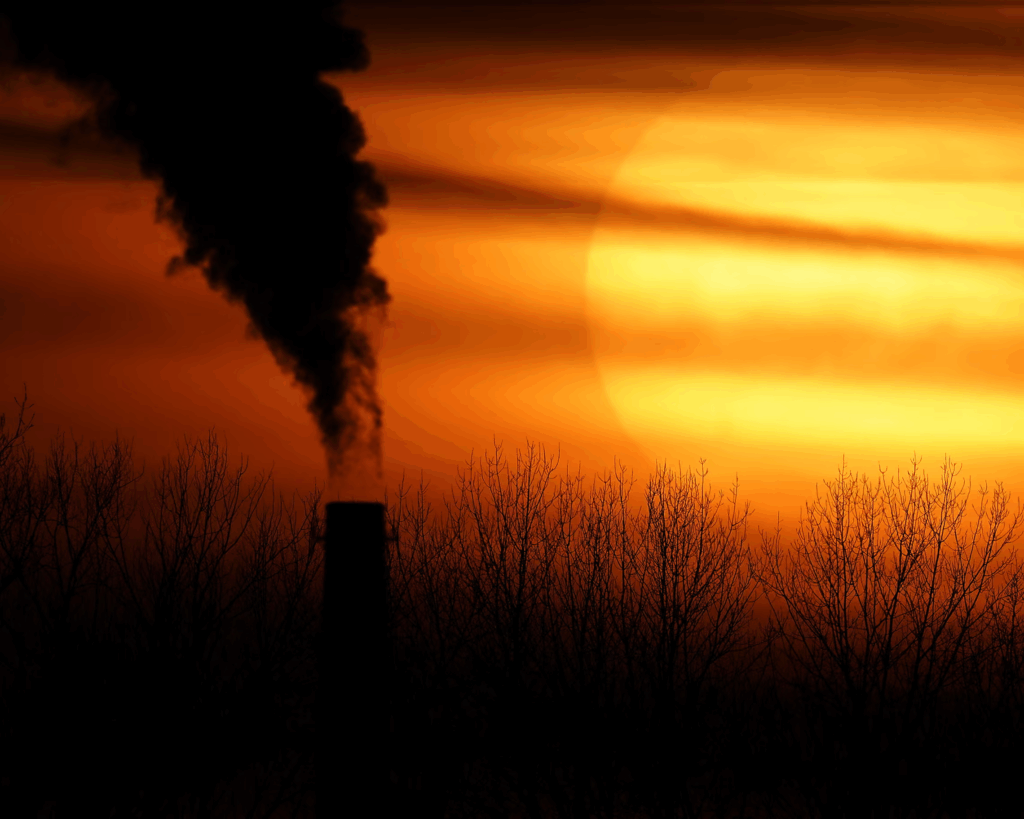The main purpose of this ongoing blog will be to track planetary extreme, or record temperatures related to climate change. Any reports I see of ETs will be listed below the main topic of the day. I’ll refer to extreme or record temperatures as ETs (not extraterrestrials).😜
Main Topic: Record 2024 Leap in CO2 Fuels Fears of Accelerating Global Heating
Dear Diary. I’m just shaking my head. Every year I get a CO2 atmospheric report leaving me with disappointment when it comes to the actions from my fellow man. The one from 2024 was no different. What’s very unnerving is that the yearly 2024 increase was near 3.50 parts per million. That’s well above the typical 2.50 ppm I have been seeing since the turn of the century. Some scientists chalk this increase up to carbon sync tipping points breaking down. Totally going to renewable sources of energy can’t come fast enough…but right now turtles are speedier.
For many more details on this bad news, here is an article from the Guardian:
Record leap in CO2 fuels fears of accelerating global heating
CO2 in air hit new high last year, with scientists concerned natural land and ocean carbon sinks are weakening

Rising CO2 emissions will impact the planet for hundreds of years because of the gas’s long lifetime in the atmosphere. Photograph: Charlie Riedel/AP
Damian Carrington Environment editor
Wed 15 Oct 2025
Levels of carbon dioxide in the atmosphere soared by a record amount in 2024 to hit another high, UN data shows, deepening the climate crisis that is already taking lives and livelihoods across the world.
Scientists are worried that the natural land and ocean “sinks” that remove CO2 from the air are weakening as a result of global heating, which could form a vicious circle and drive temperatures up even faster.
The global average concentration of the gas surged by 3.5 parts per million to 424ppm in 2024, the largest increase since modern measurements started in 1957, according to the report by the World Meteorological Organization.
Several factors contributed to the leap in CO2, including another year of unrelenting fossil fuel burning despite a pledge by the world’s countries in 2023 to “transition away” from coal, oil and gas. Another factor was an upsurge in wildfires in conditions made hotter and drier by global heating. Wildfire emissions in the Americas reached historic levels in 2024, which was the hottest year yet recorded.
However, scientists are concerned about a third factor: the possibility that the planet’s carbon sinks are beginning to fail. About half of all CO2 emissions every year are taken back out of the atmosphere by being dissolved in the ocean or being sucked up by growing trees and plants. But the oceans are getting hotter and can therefore absorb less CO2 while on land hotter and drier conditions and more wildfires mean less plant growth.
Carbon sinks were already known to be less effective in El Niño years such as 2023 and 2024, when changes in Pacific winds and ocean currents lead to higher global air temperatures. But human-caused global heating has already raised the average world temperatures by about 1.3C and researchers, who recorded an “unprecedented failure of the land sink” in 2023 and 2024, fear this may be weakening the sinks.skip past newsletter promotion
Dr Oksana Tarasova, a WMO senior scientific officer, said: “There is concern that terrestrial and ocean CO2 sinks are becoming less effective, which will increase the amount of CO2 that stays in the atmosphere, thereby accelerating global warming. Sustained and strengthened greenhouse gas monitoring is critical to understanding these loops.”
Rising CO2 emissions not only impact the global climate today, but will do so for hundreds of years because of the gas’s long lifetime in the atmosphere, the WMO says.
Ko Barrett, the WMO deputy secretary general, said: “The heat trapped by CO2 and other greenhouse gases is turbo-charging our climate and leading to more extreme weather. Reducing emissions is therefore essential not just for our climate but also for our economic security and community wellbeing.”
Atmospheric concentrations of methane and nitrous oxide – the second and third most important greenhouse gases related to human activities – also rose to record levels in 2024.
About 40% of methane emissions come from natural sources. But scientists are concerned that global heating is leading to more methane production in wetlands, another potential feedback loop. The rest comes from fossil fuel exploitation; livestock such as cattle; rotting waste in landfills; and rice paddies. Human-caused nitrous oxide emissions include those from overuse of fertiliser by farmers and some industrial processes.
The WMO released its annual greenhouse gas bulletin a month before Cop30, the UN climate change summit in Belém, Brazil, where representatives from the world’s countries will attempt to ramp up climate action. The data comes from a network of 500 monitoring stations around the world.
Explore more on these topics
Here are more “ETs” recorded from around the planet the last couple of days, their consequences, and some extreme temperature outlooks, as well as any extreme precipitation reports:
Here is More Climate News from Friday:
(As usual, this will be a fluid post in which more information gets added during the day as it crosses my radar, crediting all who have put it on-line. Items will be archived on this site for posterity. In most instances click on the pictures of each tweet to see each article. The most noteworthy items will be listed first.)